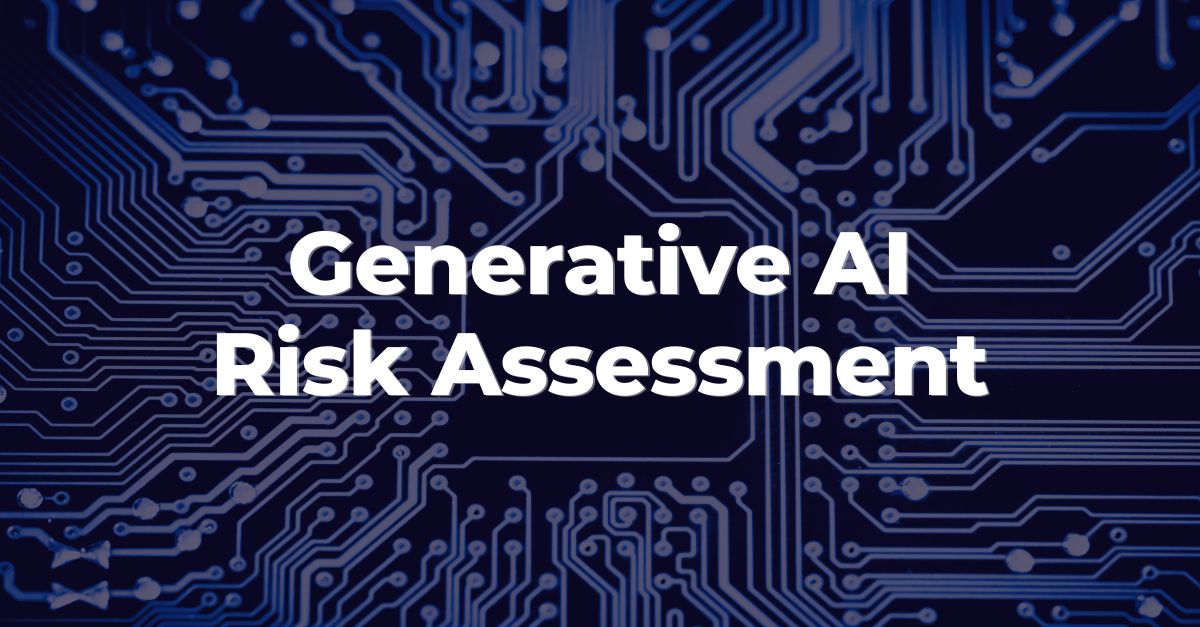Key performance indicators (KPIs) like service level and occupancy are pivotal when it comes to measuring operational efficiency and customer satisfaction in call centers. However, striking the right balance between those two KPIs for your call center is where the challenge lies.
This post will explore the importance of service level and occupancy, their interplay, and why achieving the right balance is crucial.
If you don’t love to read, listen to or watch this podcast episode with Dan Smitely as we dive into the same topic.
Understanding Service Level & Occupancy
Service level is one of the most critical metrics in workforce management. It measures the percentage of customer interactions that are answered within a predefined time frame.
For instance, a common target might be answering 80% of calls within 20 seconds.
This KPI directly reflects how promptly customers are attended to, influencing their satisfaction and perception of the service.
Occupancy, on the other hand, indicates the percentage of time that agents are actively engaged in handling calls or other customer interactions versus waiting for the next task.
High occupancy rates mean that agents are consistently busy, which can imply high productivity. However, extreme occupancy rates can lead to burnout and attrition, as agents may feel overworked and stressed.
The Importance of Service Level
Service level is often considered the cornerstone of contact center metrics. It represents the efficiency with which customer inquiries are handled, impacting customer satisfaction and loyalty.
When service levels are high, customers experience shorter wait times and quicker resolutions, leading to positive experiences and higher satisfaction rates.
However, aiming for excessively high service levels, such as close to 100%, is not always beneficial. While it might seem advantageous to have every call answered almost immediately, it can be a red flag indicating overstaffing.
This scenario not only leads to increased operational costs but also results in low occupancy rates, where agents spend a significant amount of time idle, potentially leading to disengagement and boredom.
The Role of Occupancy
Occupancy is a measure of agent productivity and is crucial for understanding how efficiently the contact center is utilizing its workforce.
High occupancy rates suggest that agents are effectively utilized, with minimal downtime. This can be cost-effective for the business, ensuring that the workforce is fully engaged.
However, there is a delicate balance to maintain. Excessively high occupancy rates, such as 90% or above, can lead to agent fatigue, increased stress levels, and ultimately burnout. This can result in higher attrition rates, which are costly due to the need for constant recruitment and training of new agents.
Additionally, high turnover can lead to a loss of experienced personnel, negatively impacting the quality of customer service.
Balancing Act
Finding the right balance between service level and occupancy is critical. It is not about prioritizing one over the other but ensuring both are optimized to create a harmonious working environment that benefits customers, agents, and the business.
Customer experience: Service level ensures that customers are attended to promptly, leading to higher satisfaction rates. However, ensuring agents are not overworked by maintaining reasonable occupancy rates helps sustain a consistent quality of service.
Agent well-being: Balanced occupancy rates ensure that agents have adequate breaks and are not constantly under pressure. This balance is essential for maintaining morale and reducing burnout, leading to a more stable and experienced workforce.
Business efficiency: For the business, achieving the right balance means operational efficiency. It minimizes unnecessary costs associated with overstaffing while also avoiding the detrimental effects of high turnover rates caused by overworking agents.
Practical Steps Call Center Leaders Can Take
Achieving the right balance between service level and occupancy involves strategic planning and continuous monitoring.
Here are some practical steps to help contact centers manage these KPIs effectively:
- Regular monitoring and adjustment: Continuously monitor both service levels and occupancy rates. Use real-time data from your dialer or call center software to make necessary adjustments in staffing and scheduling.
- Flexible scheduling: Implement flexible scheduling to accommodate peak times without overstaffing during slower periods. This approach ensures that service levels are met without compromising agent well-being.
- Employee feedback: Conduct regular listening and coaching sessions while gathering feedback from agents. Understanding their challenges and workload can provide valuable insights into optimizing schedules and improving work conditions.
- Use of technology: Leverage workforce management software to forecast call volumes accurately and schedule agents accordingly. Post-call automation can help in maintaining optimal service levels and occupancy rates.
- Training and Development: Invest in training programs that enhance agent skills and efficiency. Well-trained agents can handle interactions more effectively, reducing call times and improving both service level and occupancy.
Downloadable Resources You Might Find Useful
Let’s wrap it up
Balancing service level and occupancy is essential for sustainable success in the call center world. While service level focuses on customer satisfaction, occupancy ensures that agents are productively engaged.
Striking the right balance between these KPIs leads to a positive customer experience, a motivated workforce, and operational efficiency.
By continuously monitoring these metrics, engaging with agents, and utilizing advanced technologies, call centers can create a balanced and productive environment.
Ultimately, this balance not only enhances customer satisfaction but also fosters a healthier, more efficient workplace, driving long-term success for the business.
If you’re interested in seeing how else you can impact specific KPIs, check out the Contact Center KPI podcast. Here are a few fan favorites:


